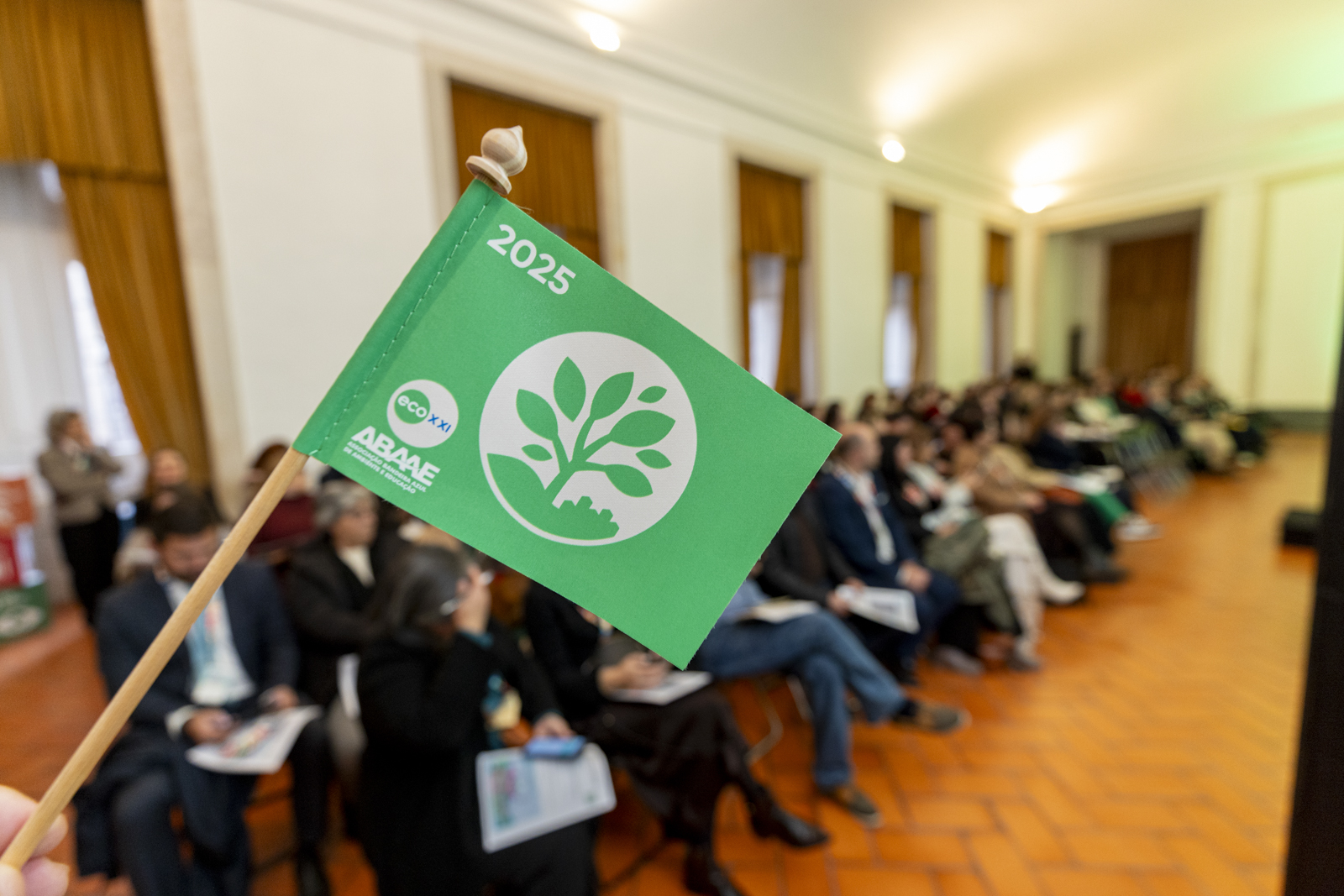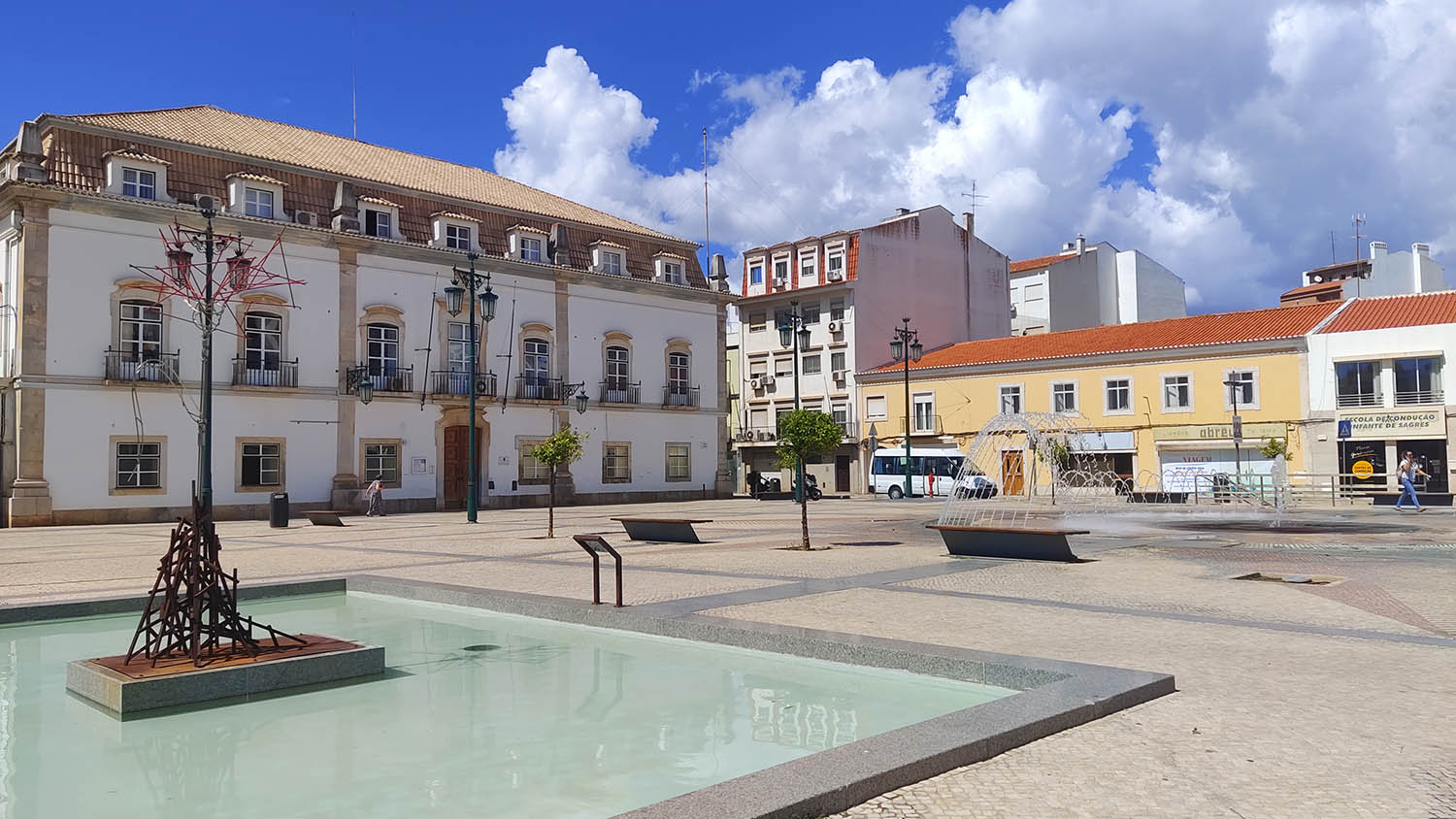Josefa em Óbidos: A Beacon of Female Artistic Expression in the Patriarchal Portuguese Baroque Society.
Originally from Seville, Josefa de Ayala Figueira (commonly known as Josefa em Óbidos) found her aesthetic voice and flourished in Portugal during the mid-17th century. A real pioneering figure in a male-dominated world of art, this inspirational lady stands out as a luminous exception: a woman setting an example for future generations of female artists with her talent and determination. Josefa defied the norms of her time and created around 150 works – cementing her place as a leading figure in the Portuguese Baroque period.

Josefa’s artistic journey began in Óbidos, Portugal, where her family relocated when she was a young girl. Here, she likely honed her skills under the tutelage of her father, the Portuguese painter Baltazar Gomes Figueira. Unlike most female artists of the time – who were limited to copying, or painting domestic subjects – Josefa tackled an impressive range of themes and formats. Her repertoire encompassed devotional narratives, still lifes, portraits and mythological scenes. Her work displays influences from Spanish and Flemish Baroque styles, evident in the rich colours and dramatic use of light. However, she developed a distinct voice, infusing her paintings with a sense of intimacy and emotional depth, demonstrating the power of talent and perseverance in breaking down barriers. Paintings like Sweets and Flowers (1676) reveal meticulous attention to detail and a keen eye for composition. Just as importantly, Josefa’s artistic signature, Josefa em Óbidos or Josefa de Ayalla, shows her dual identity and the adamant decision to make Portugal her artistic new home.

For a woman in the seventeenth century, the best outcome in life was considered to be a secure marriage while being an obedient housewife. Josefa never achieved that, isolating herself and living a celibate life of piety. We don’t even know what Josefa em Óbidos really looked like. Some contemporary art historians assert that the S. Catarina engraving (1646) shows the artist in the guise of Saint Catherine of Alexandria. She died in Óbidos (1684) and was buried in the Church of Saint Peter of Óbidos.

Photos Josefa de Óbidos, Public domain, via Wikimedia Commons
Despite her talent and productivity, whether Josefa received recognition and appreciation during her lifetime remains unclear. However, today she is considered to be one of the most accomplished painters of seventeenth-century Portugal and this is significant because of the recognition she gained during the flourishing Baroquism in a European culture dominated by male artists, and when opportunities for women were scarce.
Most importantly, in addition to inspiring and empowering generations of women artists over the last two centuries, her legacy extends beyond any artistic merit, remaining a source of enlightenment for future generations of women.
















